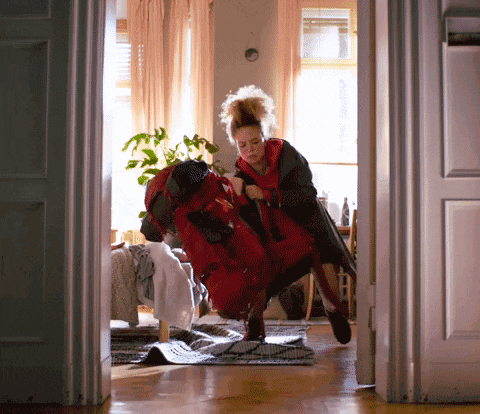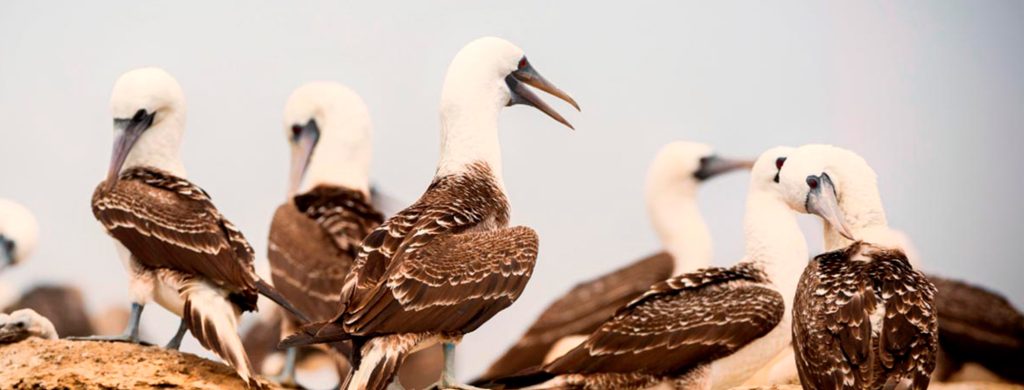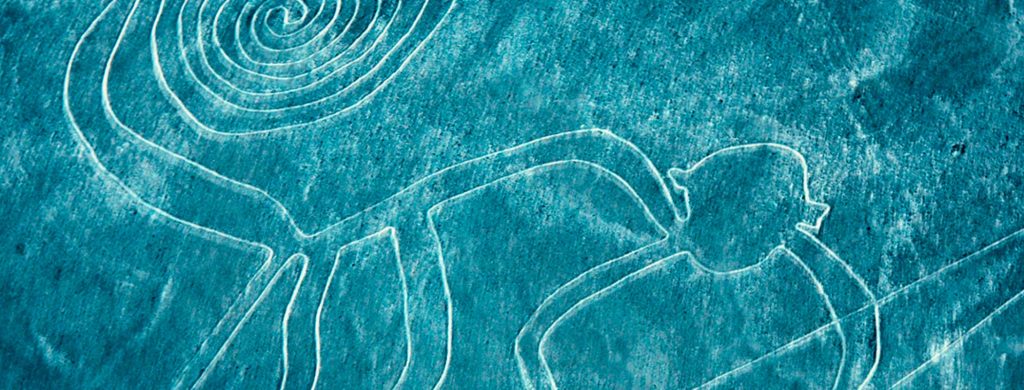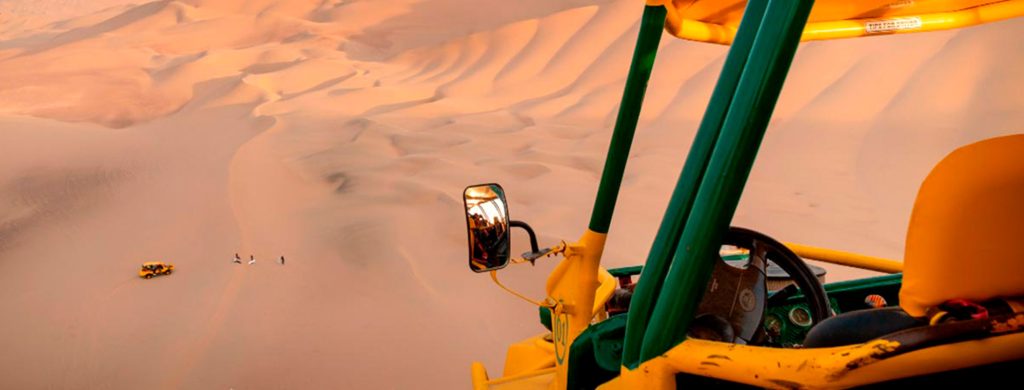Lake Titicaca is the highest navigable lake in the world and one of Peru’s most iconic cultural destinations. Stretching between Puno (Peru) and the border with Bolivia, the lake sits above approximately 3,800 m (about 12,467 ft) above sea level and offers wide, ocean-like horizons. This guide explains how to visit Lake Titicaca in 1 or 2 days, the best Lake Titicaca tours, approximate costs, seasonal weather, main islands (Uros, Taquile, Amantani), nearby alternatives like Sillustani, and altitude tips for a safe trip.
“The first time I saw Lake Titicaca its vastness looked like the ocean; on the Uros islands I even saw a school and a floating soccer field. It gets very cold at sunset, so warm layers are non-negotiable.”
Quick summary
Location and altitude
Lake Titicaca is located in Puno, Peru, on the border with Bolivia. It is a binational lake and the highest navigable lake in the world, at roughly 3,800 m (about 12,467 ft) above sea level, which means thin air and strong UV radiation year-round.
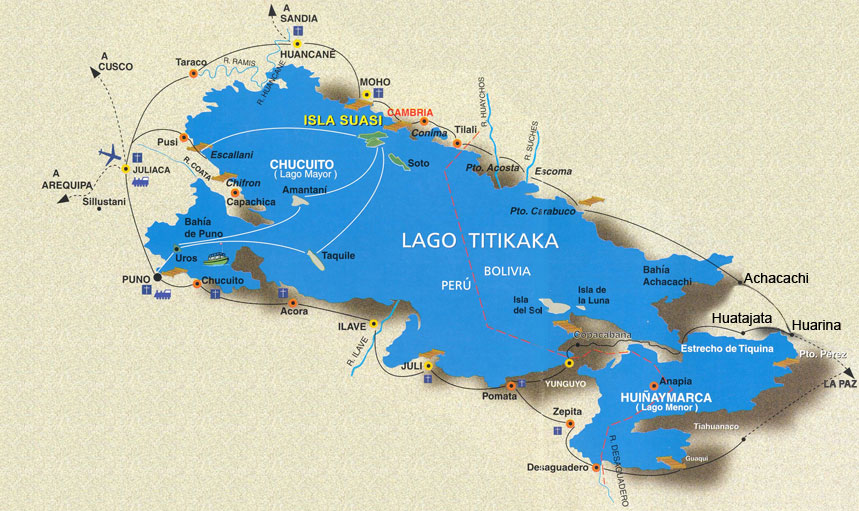
Weather and seasons
The dry season runs from April to October, with clear skies, better visibility and marked cold at dawn and dusk. From November to March the rains arrive: fewer visitors, greener landscapes and intermittent showers.
Recommended duration
One day is enough for Uros and Taquile; two days let you add a homestay on Amantani and enjoy the sunset over the lake. Sillustani fits perfectly as an additional half-day.
Top experiences
Lake Titicaca offers visits to the floating Uros islands, panoramic hikes on Taquile and community stays on Amantani. Sillustani adds nearby archaeological heritage.
How to get there
From Cusco to Lake Titicaca you can travel by direct bus (about 7–9 hours), take the Ruta del Sol with cultural stops or fly to Juliaca (JUL) and transfer 45–90 minutes to Puno. From Arequipa the bus takes 6–7 hours; from La Paz there are buses via Copacabana including a border crossing.
Costs and booking
Display “from” prices on your tour landing pages for shared and private services, and link from this guide. In high season (June–August and holidays) book well in advance.
Logistics in Puno
Lake Titicaca tours normally include hotel pickup and boarding at a designated pier. Confirm pickup time and meeting point the night before to avoid delays.
Effort and health
Walks range from easy to moderate with short stairs and climbs, but altitude increases effort. Prioritize hydration, light meals and avoid alcohol on arrival.
What to bring
Bring thermal layers, a windbreaker, hat and gloves, UV-filter sunglasses, SPF 50+ sunscreen, a reusable water bottle and cash for crafts and local meals.
Safety, ethics and sustainability
In the area ask permission before photographing people, buy from local producers, reduce single-use plastics and respect the totora floating structures on Uros following the guide’s instructions.
Payments and connectivity
Mobile signal can be limited, especially on Amantani. There are ATMs in Puno but carry small change for community purchases.
Families and photography
Lake Titicaca suits families used to short walks. Best light for photos is at sunrise and sunset; protect gear from cold and boat splashes.
Peru or Bolivia
Visiting Lake Titicaca from Peru simplifies logistics (Uros, Taquile, Amantani and Sillustani). The Bolivian side offers Copacabana and Isla del Sol. If your route allows, combine both shores.
Accessibility and policies
When traveling to the Lake Titicaca inform about special needs in advance; boarding and stairs may require assistance. Publish cancellation policies and a WhatsApp contact for added trust.
Best time to visit Lake Titicaca
- Dry (Apr–Oct): clear skies, colder temperatures, stable lake.
- Wet (Nov–Mar): fewer people and greener scenery, with showers.
- Tip: Lake Titicaca experiences sharp temperature swings. Bring a thermal jacket, windbreaker, hat, gloves and sunscreen.
How to get to Lake Titicaca
From Cusco
- Direct bus: 7–9 hours.
- Ruta del Sol (day tourist bus with stops): daytime option with cultural visits.
- Flight to Juliaca (JUL): fastest option; transfer 45–90 min to Puno.
From Arequipa
- Bus: 6–7 hours.
- Flight to Juliaca: + transfer to Puno.
From La Paz (Bolivia)
- Bus via Copacabana: include border crossing time. Useful if visiting Isla del Sol.
Tip: publish and link your confirmed departures for Lake Titicaca (schedules and pickup points).
What to see and do on Lake Titicaca
Uros: Floating Islands of Lake Titicaca
Islands of totora maintained by local families. Guided visits explain construction, community life and navigation. Lake Titicaca shows its most unique side here. Respect the structures and ask permission before photographing.
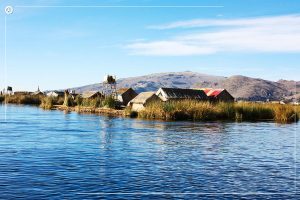
Taquile vs Amantani
- Taquile: textiles and viewpoints; ideal for 1 day.
- Amantani: homestay community experience with an unforgettable sunset; ideal for 2 days.
Sillustani
Pre-Inca chullpas next to a lagoon. Half day. Excellent complement to Lake Titicaca.
1-day vs 2-day itineraries (with sample “from” prices)
Display your real prices on the tour landings and link from here.
Classic 1-day: Uros + Taquile
- Includes: shared boat, guide, entrance fees, lunch in Taquile.
- Itinerary: Uros → Taquile → return to Puno.
- From: US$ 35–45 per person (shared) | US$ 80–100 per person (private)
2 days with homestay: Uros + Amantani + Taquile
- Includes: boat, guide, entrance fees, homestay with meals.
- Day 1 itinerary: Uros → Amantani (homestay + sunset viewpoint).
- Day 2 itinerary: Taquile → return to Puno.
- From: US$ 75–90 per person (shared) | US$ 150–180 per person (private)
Sillustani (half day)
- Includes: transport, guide, entrance fees.
- From: US$ 20–30 per person.
Where to stay in Puno
- On the lakefront: sunrise views over Lake Titicaca, a bit farther from the center.
- Downtown: access to restaurants and tour departures, shorter transfers.
- Tip: confirm the boarding point at the pier the night before.
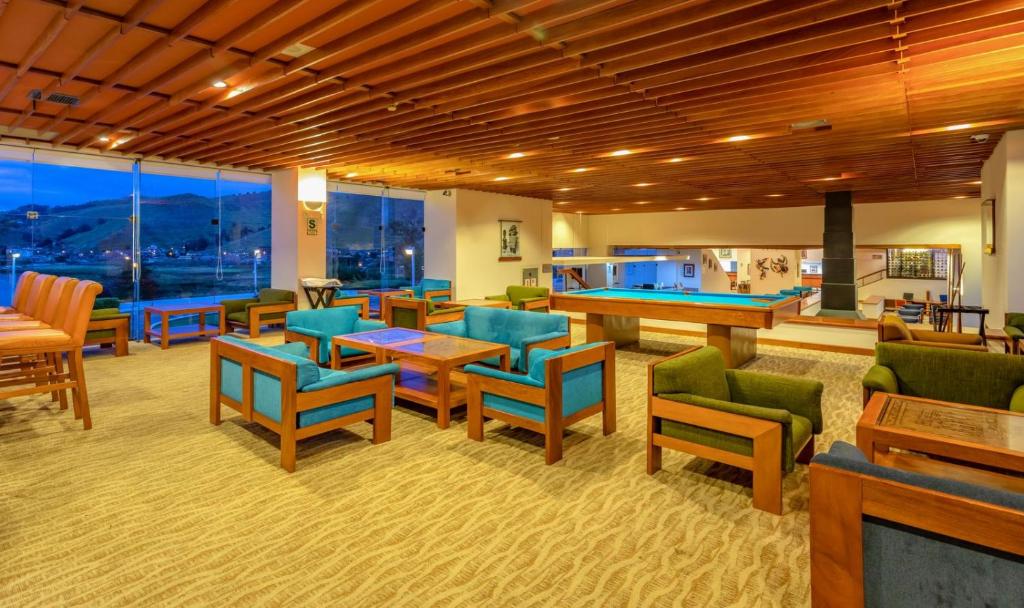
Health and safety on Lake Titicaca (altitude ~3,800 m / ~12,467 ft)
- Acclimatization: rest the first day if you come from sea level.
- Hydration and sun: high UV at Lake Titicaca. Use SPF 50+, sunglasses and a hat.
- Cold: dress in layers; wind chill lowers the perceived temperature on boats.
- Ethics: buy local and avoid single-use plastics.
From Cusco, Arequipa or La Paz: which makes sense
- Cusco → Lake Titicaca: ideal if you continue to Arequipa or Bolivia. The Ruta del Sol is the cultural option.
- Arequipa → Lake Titicaca: direct connection and simple logistics.
- La Paz → Lake Titicaca: combine Copacabana and Isla del Sol if you cross the border.


